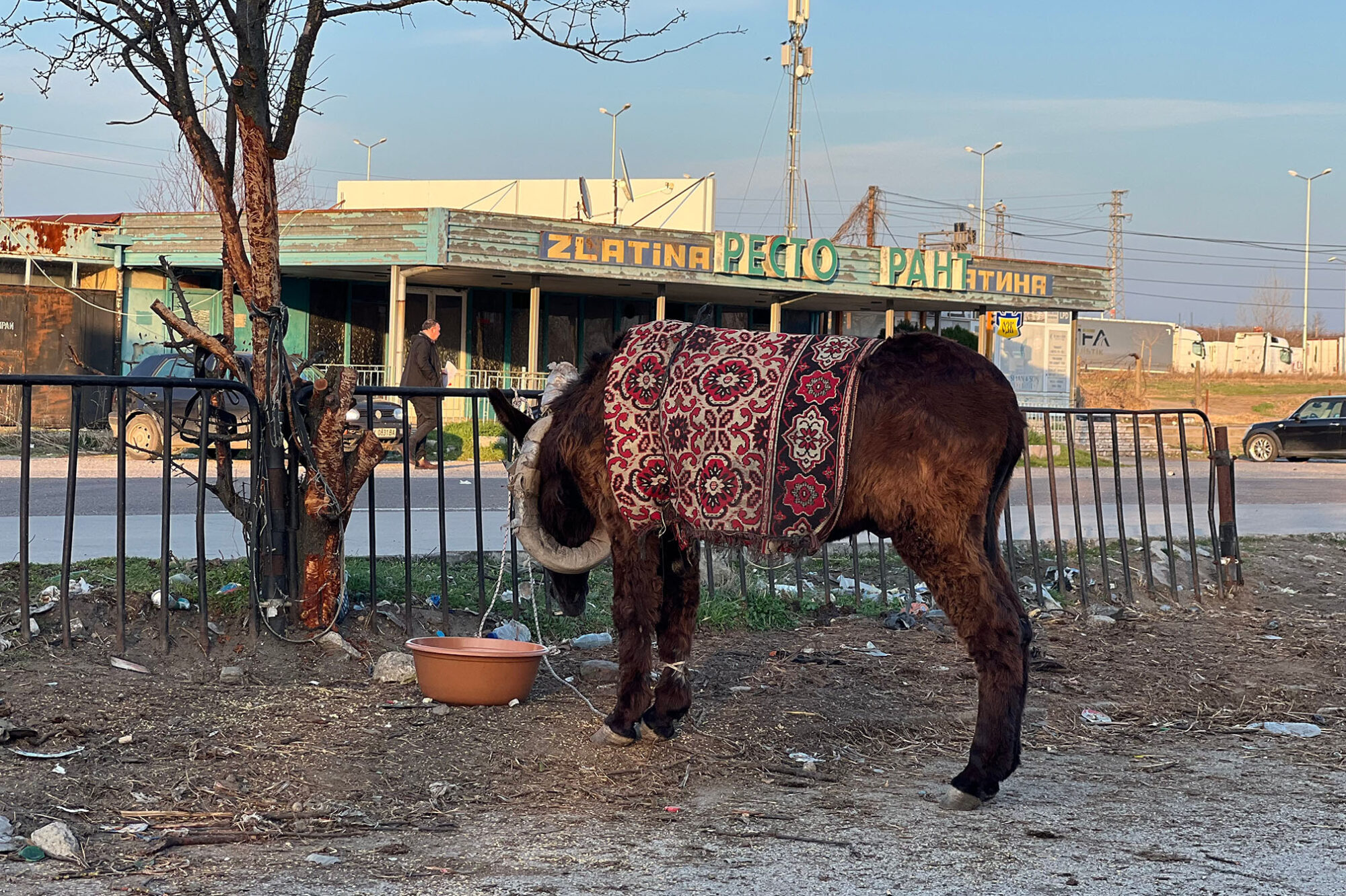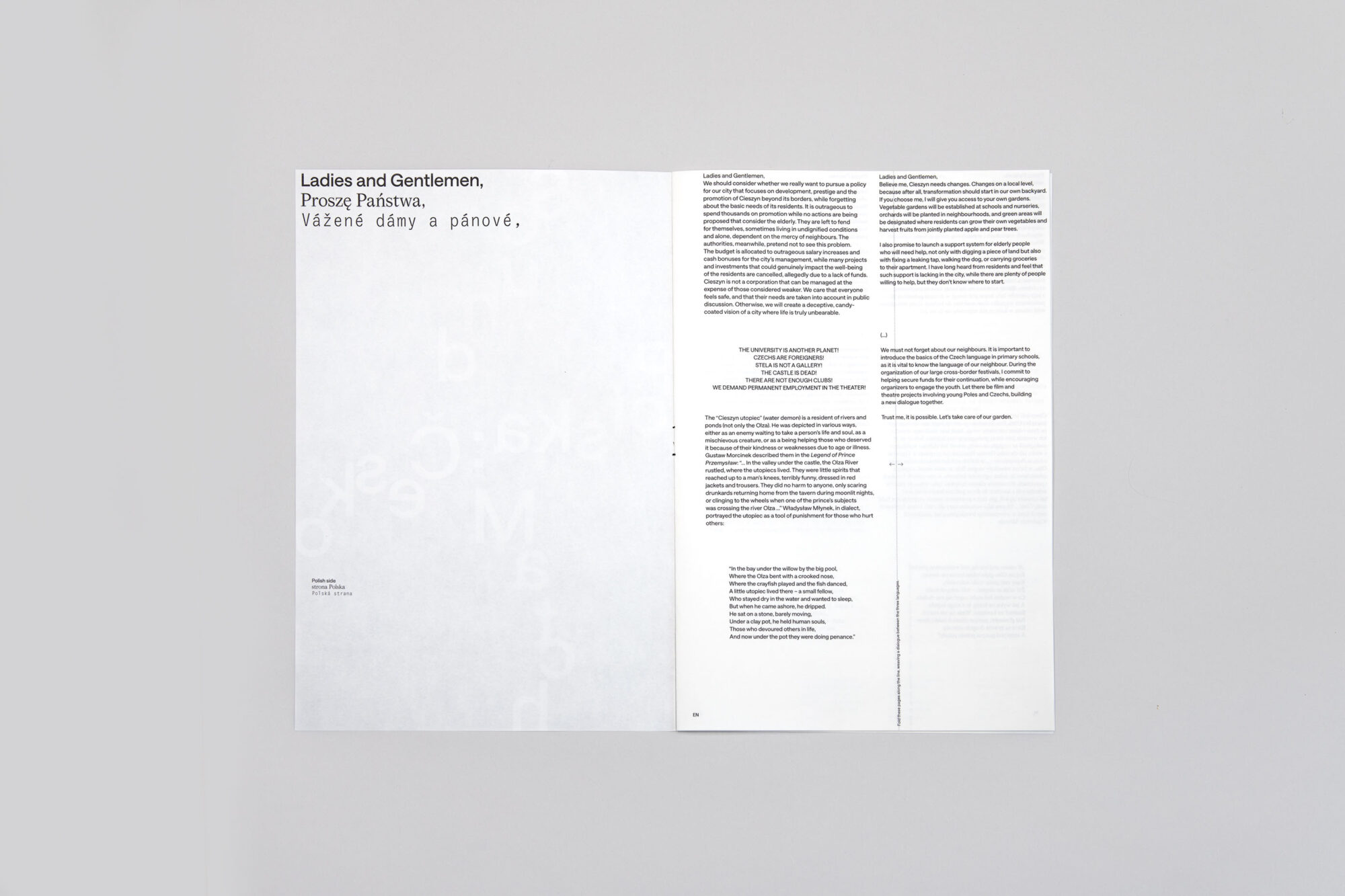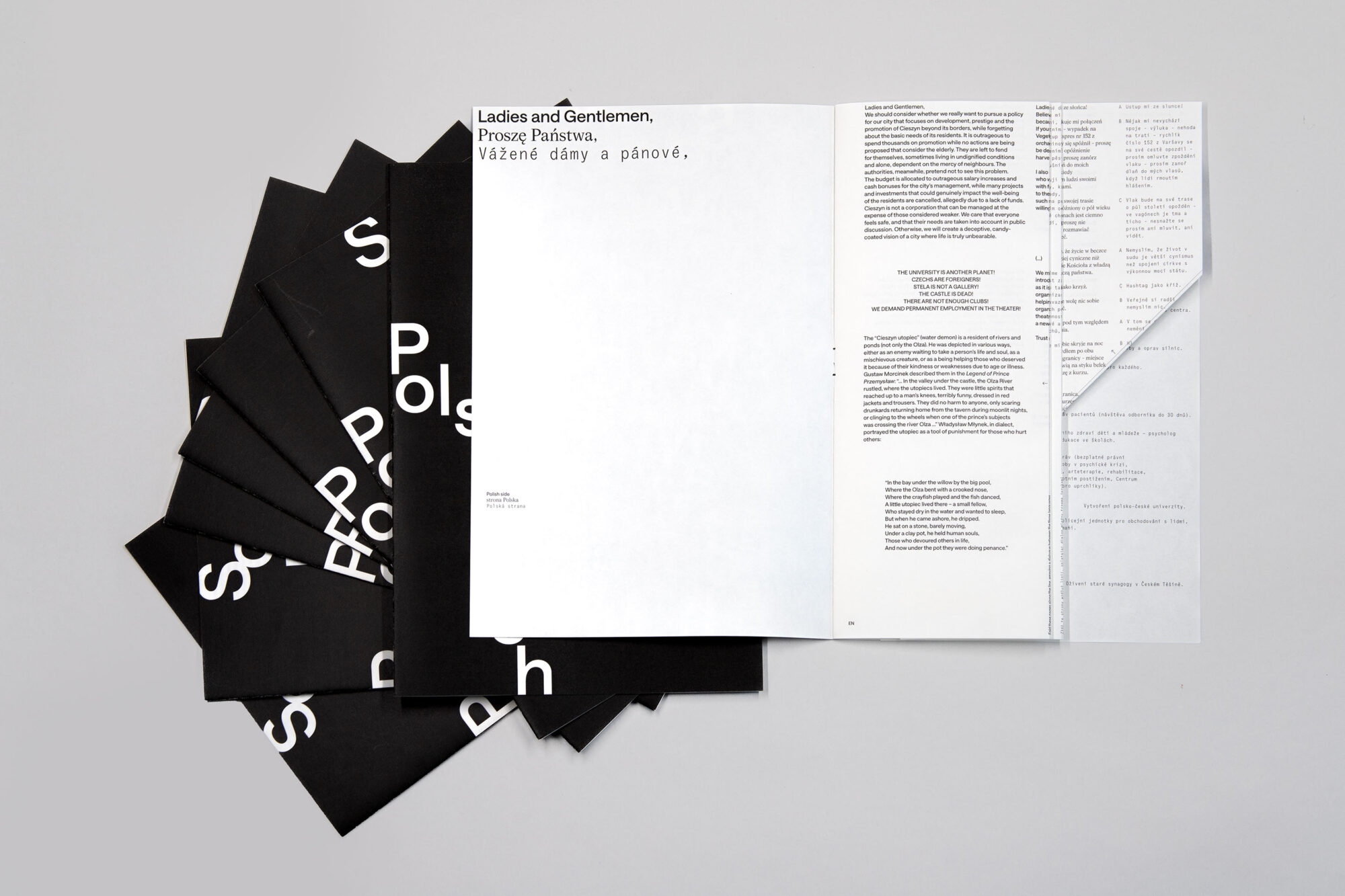B-Shapes
Through the Prism of Borders
Through the Prism of Borders is Lungomare’s contribution to B-Shapes – Borders Shaping Perceptions of European Societies, a Horizon Europe research and innovation project aimed at exploring the role of borders in shaping perceptions of societies, culture, heritage, and belonging.
Lungomare partners with eight European universities and various institutions, including a research institute, a national museum, a foundation, a political association, and a consultancy. Through its site-specific artistic productions, Lungomare contributes to a deeper exploration of public, individual, and spatial narratives, encouraging a more nuanced understanding of borderlands.
Under the theme Through the Prism of Borders, artistic interventions take place in two European borderlands. Artists Georgi Bogdanov & Boris Missirkov, Esra Ersen, Ivan Moudov, and ZimmerFrei explore the southeastern European border between Bulgaria, Greece, and Turkey, while Zorka Wollny works in Český Těšín/Cieszyn, a city divided by the Czech-Polish border. These performative acts engage with the concept of ‘borderscaping,’ shifting the perception of borders from fixed lines to dynamic spaces shaped by experiences, interactions, and political possibilities.
The artistic works explore questions such as: How can border narratives be revisited and deconstructed? How do cultural and historical phenomena shape landscapes? How do borderlanders navigate their borders? What cross-cultural exchanges define European identities and influence the perception of borders?
Through the Prism of Borders – Episode 1: Sound Match by Zorka Wollny
Border Zone: Czech Republic-Poland
Performative concert
2 October 2024
Český Těšín, Czech Republic
Krytyka Polityczna Center
3 October 2024
Cieszyn 43–400, Poland
The performative concert Sound Match, held at the former synagogue in Český Těšín and at the Krytyka Polityczna Center in Cieszyn, addresses the question: How does a border resonate?
In collaboration with composer Martin Dytko, Zorka Wollny explores this question through a sound-based project in Český Těšín/Cieszyn and Ostrava. By engaging local residents, the project examines bordering practices as an integral part of daily life. In this context, the border is not just a historical marker, but a dynamic space that shapes identity and belonging.
For the event, a booklet was designed that invites reflection on the role and position of the border through its visual elements, paralleling the artist’s performance and research.
Through the white spaces on the page and the folds of the paper, the boundaries between the languages of the narratives grow closer. Thin dotted lines traverse the pages, inviting the reader to fold them, thus creating a dialogue between the three languages—Polish, Czech, and English. In terms of layout, the texts are carefully aligned to occupy the same number of lines, even as they employ different typefaces and languages, allowing them to mirror one another across the pages. This pursuit of harmony creates a space for mutual understanding, depicting a border that continually serves as a point of connection.
Through the Prism of Borders – Episode 2: Artistic Journeys In-Between Bulgaria, Greece and Turkey
Border Zone: Bulgaria-Greece-Turkey
Exhibition
9 April – 29 August 2025
National History Museum in Sofia
ul. Vitoshko lale n. 16 / 1404 Sofia, Bulgaria
The exhibition Through the Prism of Borders – Episode 2: Artistic Journeys In-Between Bulgaria, Greece and Turkey at the National History Museum in Sofia examines the complex socio-political landscape of Europe’s southeasternmost border. Site-specific works by Esra Ersen, Boris Missirkov & Georgi Bogdanov, Ivan Moudov, and ZimmerFrei address remnants of the past, local border symbolism, and the experiences of those who traverse these lands.
The proposed artworks reflect on suppressed voices, challenge official narratives, and propose alternative ways to perceive and remember borders. By seeing borders as thresholds rather than barriers, the project fosters dialogue and redefines borders as evolving spaces of shared histories and futures.
Year
2023 – ongoing
































